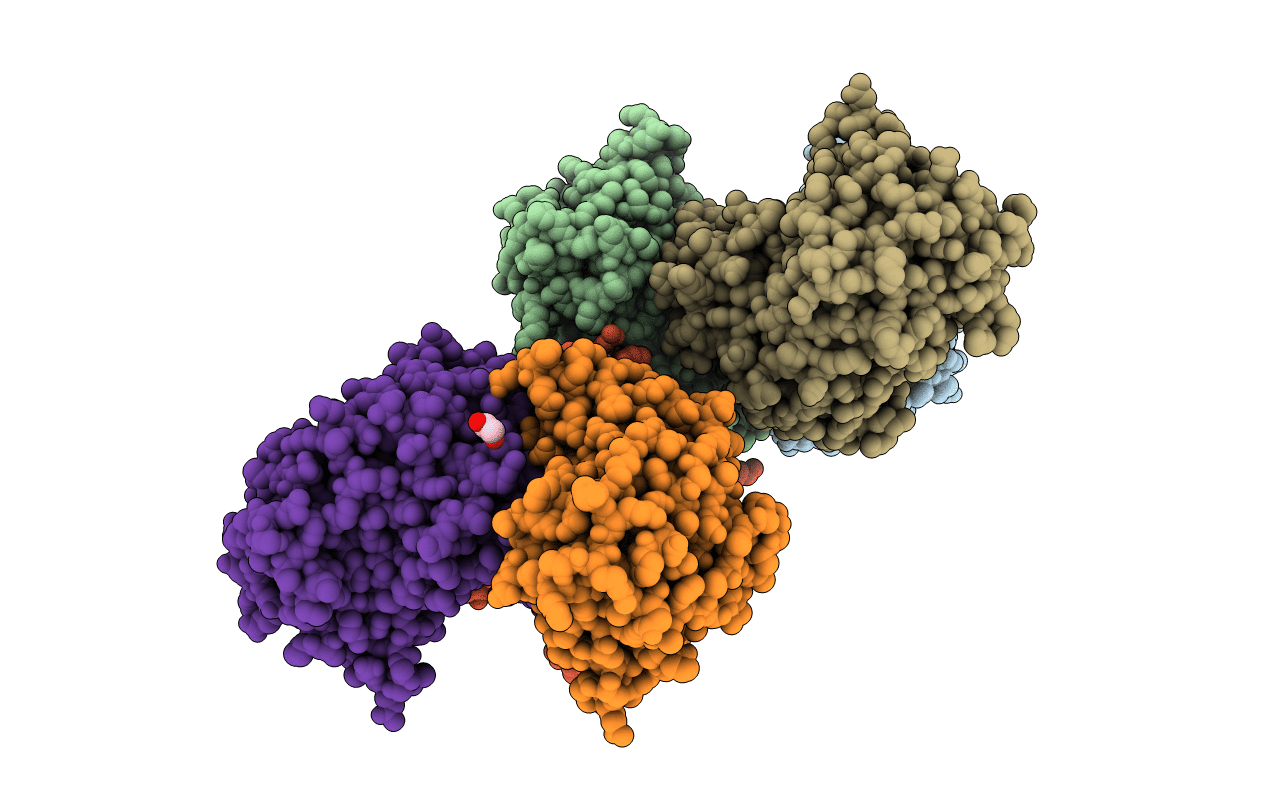
Deposition Date
2016-03-29
Release Date
2016-06-22
Last Version Date
2024-01-10
Entry Detail
PDB ID:
5G1N
Keywords:
Title:
Aspartate transcarbamoylase domain of human CAD bound to PALA
Biological Source:
Source Organism:
HOMO SAPIENS (Taxon ID: 9606)
Host Organism:
Method Details:
Experimental Method:
Resolution:
2.10 Å
R-Value Free:
0.20
R-Value Work:
0.15
R-Value Observed:
0.15
Space Group:
P 1 21 1


